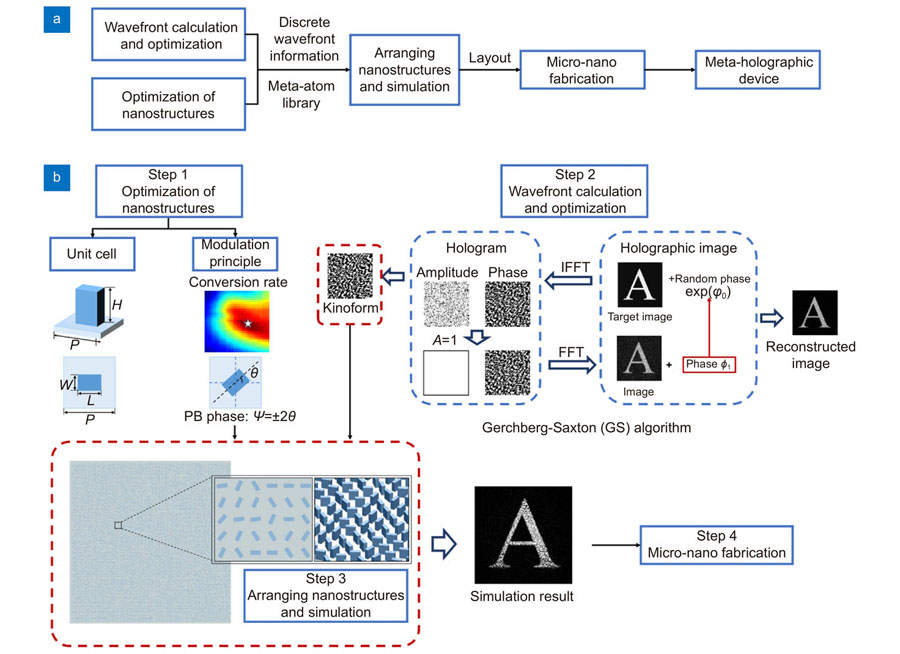Ke Xu, Xinger Wang, Xuhao Fan, Yuncheng Liu, Xuan Yu, Hui Gao, Wei Xiong. Meta-holography: from concept to realization[J]. Opto-Electronic Engineering, 2022, 49(10): 220183
Search by keywords or author
- Opto-Electronic Engineering
- Vol. 49, Issue 10, 220183 (2022)
Abstract

Set citation alerts for the article
Please enter your email address



